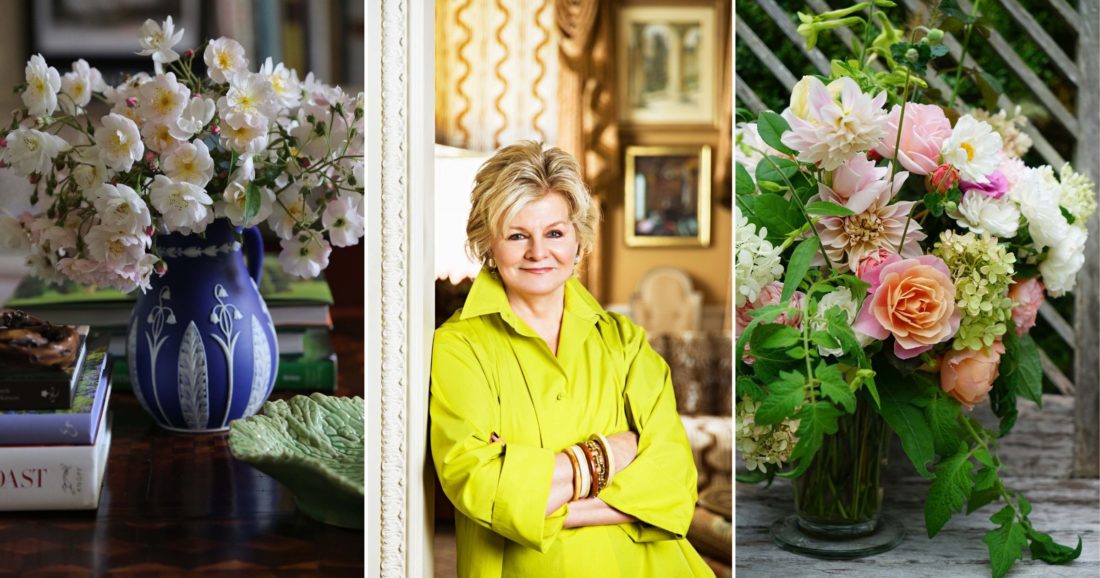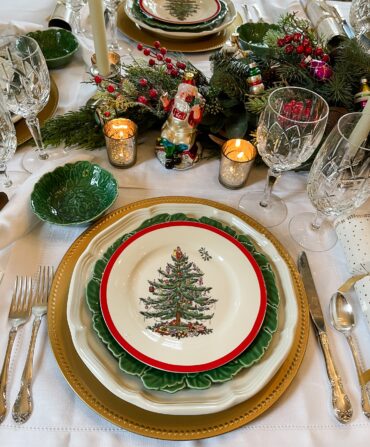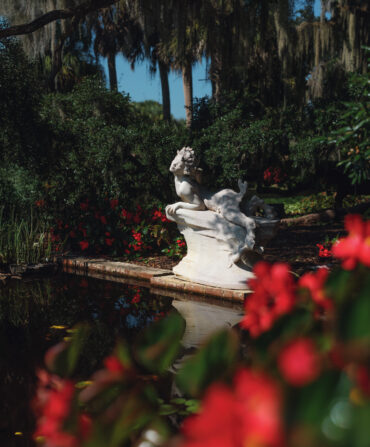One sliver of Richmond, Virginia, set all of the interior designer Charlotte Moss’s early ideas into motion. “I was raised in the backyard,” she says of her childhood there. “We’d go on trail rides, and we’d always find things in the woods.” A gnarled branch; a wild orchid; a honeysuckle vine tracing up a tree trunk. “We were kids, we were curious, and it was beautiful.”

Moss tapped into that early love of foraging (and her decades-long career) for her new book, Flowers. Here, Moss shares more about the release, how she fared during the pandemic, and her tips for how to select and arrange flowers and greenery, no matter where you call home or where your foraging feet may roam.
How did the pandemic change your day-to-day life?
I loved being home. I loved not putting on a dress and makeup every day. I created new rituals like riding my bike and taking regular walks with my husband and my dogs. Every day, my husband and I had lunch together—something we would have never been able to do when we were always in two different places. We made it a ritual to stop what we were doing and take a breath, even if we were just having a quick salad for twenty minutes. It was a discipline of managing our time and recalibrating our lives to find a better work and home balance.
In your new book, you talk about the “power of a flower,” a concept many Southerners understand. Did growing up in the South influence your love of plants?
You can’t deny how majestic it is to see a magnolia blossom up close. They are incredible—they’re like sculptures. I recently bought a house in Virginia and it has some camellias, and I’m excited to study more about them. Southerners have always been very house-proud people. I think it’s that love of home. I grew up with a mother who had her hands in the dirt. I watched her weed, and she taught me don’t pull that, that’s a flower coming up. It wasn’t that gardening was some extraordinary activity, but just a part of our lives. I also learned to appreciate a walk in the woods and finding wild things, which anybody can do.
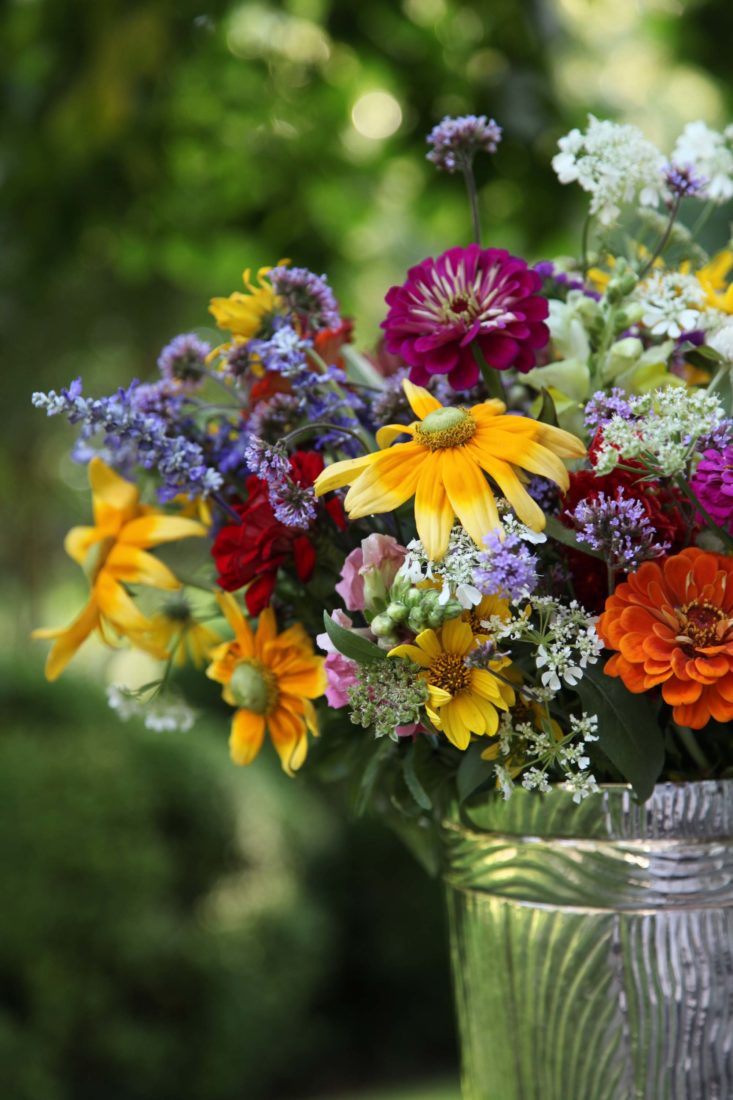
What sorts of non-floral items do you most love to work with for arrangements?
The more you see, the more you learn to develop a frame of reference. First, just go have a poke around your own yard. You may find that a handful of pachysandra leaves in a little julep cup are perfect—that’s the power of not only a flower, but of a good leaf, too.
You’re also a pro at turning unexpected items into vases. Any tips there?
Shop your own closets. If everyone went through their house, they could find all kinds of things flowers could go into. You could take something like a pitcher, a silver baby cup, or heck, those white ceramic canisters you put your sugar and flour in—take off the cork and use it as a vase. Wedding presents are the great hunting ground. You’re not making vichyssoise—put flowers in that soup tureen.
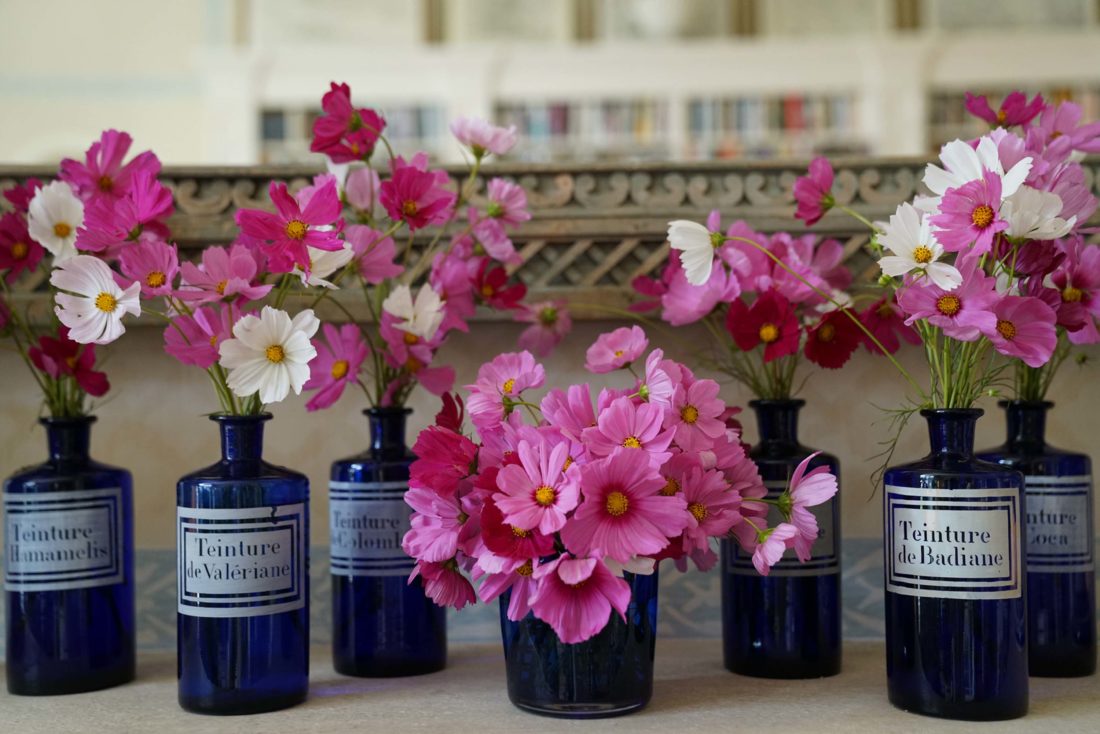
Any flower arranging rules that you abide by—or love to break?
While I don’t really believe in rules, I do think certain things just feel better. Odd numbers always feel better to me—a third of something always feels like a little disruptor that makes it work. I think about people who were rule breakers, like [the British florist] Constance Spry, who put weeds and branches and wild things in floral arrangements. No one did that until she came along, and she even did Queen Elizabeth II’s coronation! No one did tablescapes like Pauline de Rothschild, who would use mounds of moss and wild grasses. To me, that means someone took the time to truly entertain their guests, and not just with the food on the plate. I never understood a giant arrangement smack down in the middle of the table. I know my husband would be taking shears to the top of it if he thought it made it so the guests couldn’t see each other. I’ve always liked that idea of groups of things all along the table, maybe four or five pots, so that everybody gets to look at something no matter where they’re sitting.
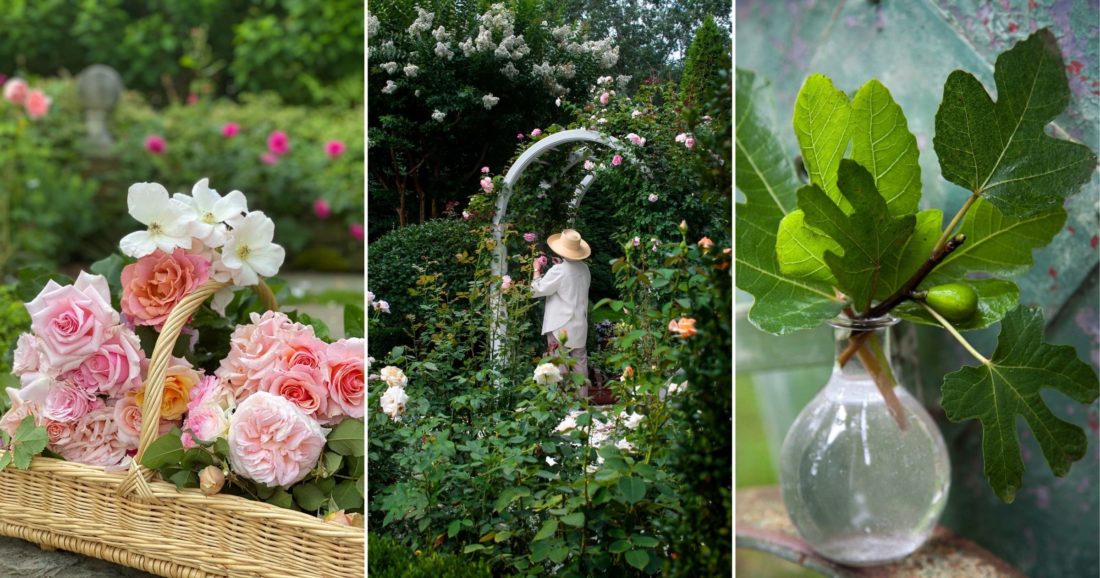
You also mention the tastemaker Bunny Mellon in the book—what inspired you most about her?
The women in the book were all basically self-taught; they didn’t go to horticultural school. They were learning out of a pure interest and love of something, and an enthusiasm. Oh lord, let us not forget enthusiasm for something and how that affects people in our spheres. Bunny Mellon embraced the simplicity of handmade baskets and also had an amazing collection of museum quality ceramics. She had a world class horticultural library that she left to her Oak Spring Garden Foundation. She was a voracious reader, a student of life. That’s what I want to be, a student of life. She understood the simple things, and I’ve always felt that we can learn from people like her.
What are some of your favorite garden books?
I included a big book list in the back of my new book, but that’s a fraction of what’s in my library. Let me think about what I would grab first and what I am drawn to … I love reading Colette’s book Flowers and Fruit, but that’s more literature rather than learning about delphiniums. I love the David Hicks Book of Flower Arranging because he was so damn opinionated. He believed in the power of five hosta leaves in a vase.
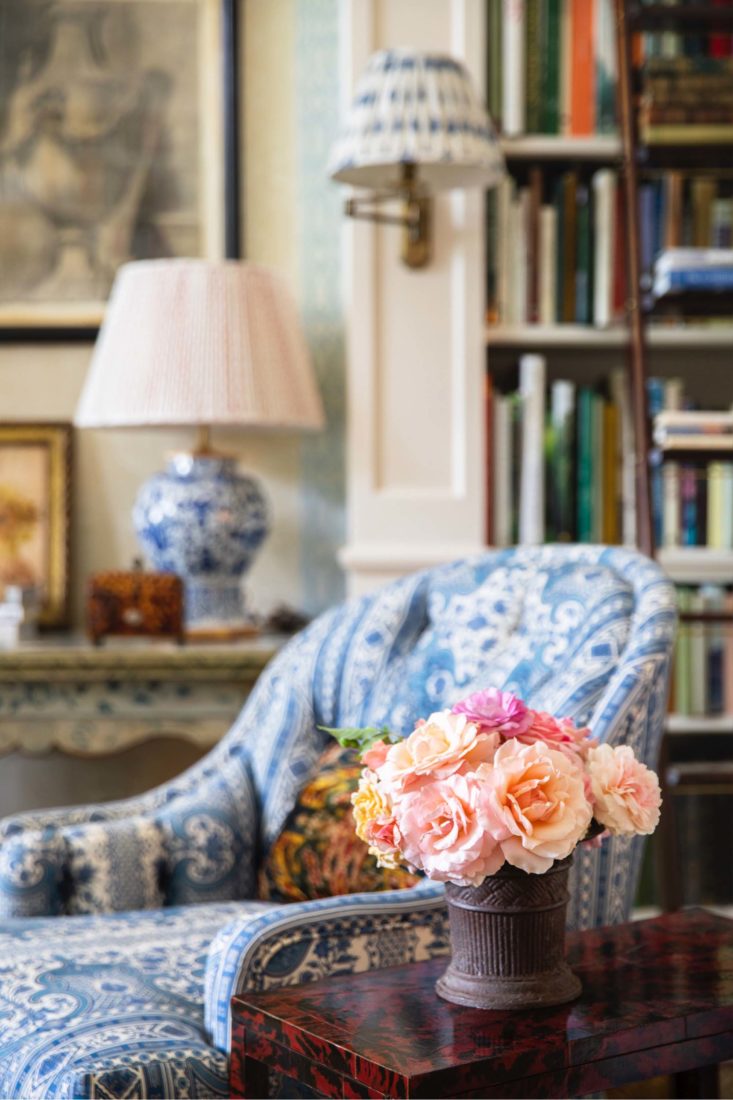
What are you working on next?
I’m editing a book called Home, which is 120 contributors, artists, writers, poets, and actors sharing essays, poems, watercolors, all sorts of beautiful things that will raise funds for No Kid Hungry. It’s modeled after a book that Edith Wharton did during World War I—a relief efforts book. I had owned that book for a long time, and I thought, You know that is such a great idea for a fundraiser. I’m not asking people for money; I’m asking them to share what they do well. Jon Meacham contributed, as did John Grisham, Candice Bergen, and Bette Midler.
What do you hope people take away from your new book?
I hope people drop their shoulders and experiment. I want to make flowers accessible through the understanding that just a single blossom can do. Poke around in the backyard. Pick up some greens and make a bouquet. Just decide what works for you and forget about anything else.


